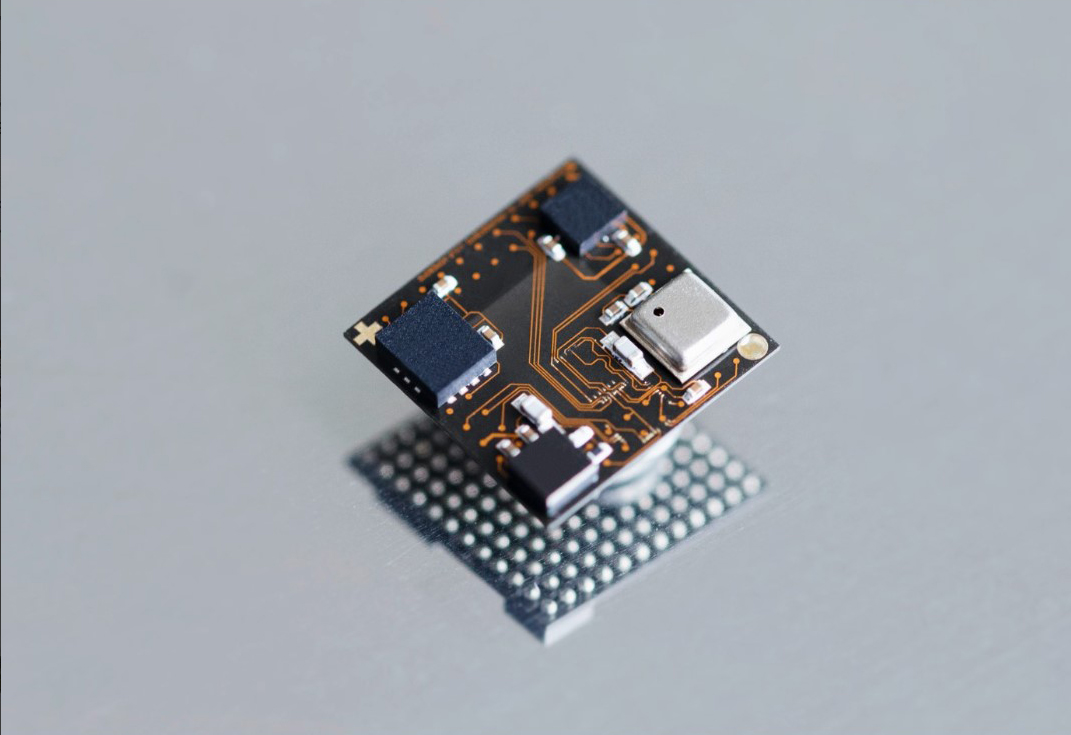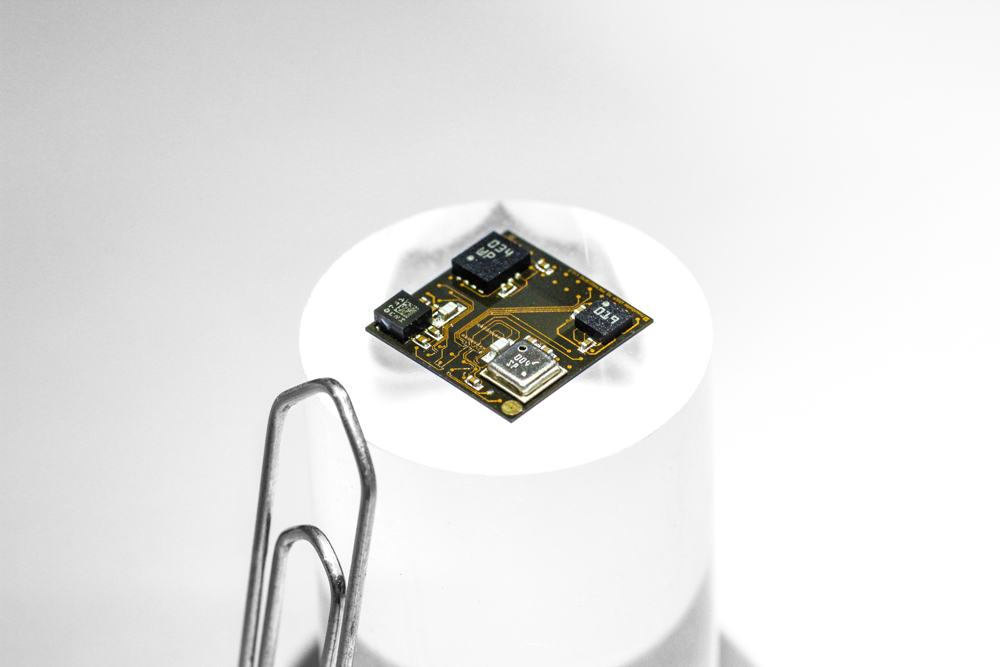

Microelectronic and micromechanical sensors are the sensory organs of the Internet of Things (IoT). A key element of the industrial IoT will, therefore, be networks of connected sensor nodes that measure combinations of a wide range of physical parameters and also have edge and AI computing capabilities.
The modular and flexible microelectronic on-chip sensor platform, developed by Fraunhofer IPMS, ENAS, IIS-EAS, and IZM-ASSIS in the High-Performance Center "Functional Integration for Micro-/Nanoelectronics", can be individually configured for applications. The platform can be equipped with various physical sensors and offers various communication interfaces. Various innovative components can be combined using the modular principle to form a complete system.
In addition to the system architecture with flexible building blocks, the platform offers innovative hardware and IT security solutions. As a result, the sensor module, with its various design variants, should be able to cover hundreds of different applications.
Key elements of the platform:
- Central control and computing unit (USoC)
- Wide range of sensors
- Integrated hardware and IT security
- Pre-qualified packaging solutions
- Customized board
The sensor platform lays the foundation for smaller system providers to shoulder the development and production costs for highly integrated systems in the Internet of Things environment.
The universal sensor platform is based on the GLOBALFOUNDRIES 22FDX® technology developed in Dresden: the highly integrated chip structure based on the principle of "silicon on an insulator" (fully-depleted SOI) enables particularly low-power and cost-effective chips. USeP is, therefore, particularly suitable for IoT systems with a high demand for local signal and data processing performance with low power consumption. To ensure that companies can use the universal sensor platform for as long as possible, it is also guaranteed that the results can be transferred to the next generations of the semiconductor technology used.
Find more information directly on the website of FMD member institute Fraunhofer IIS / EAS:
 Fraunhofer Group for Microelectronics in cooperation with the Leibniz institutes IHP and FBH
Fraunhofer Group for Microelectronics in cooperation with the Leibniz institutes IHP and FBH